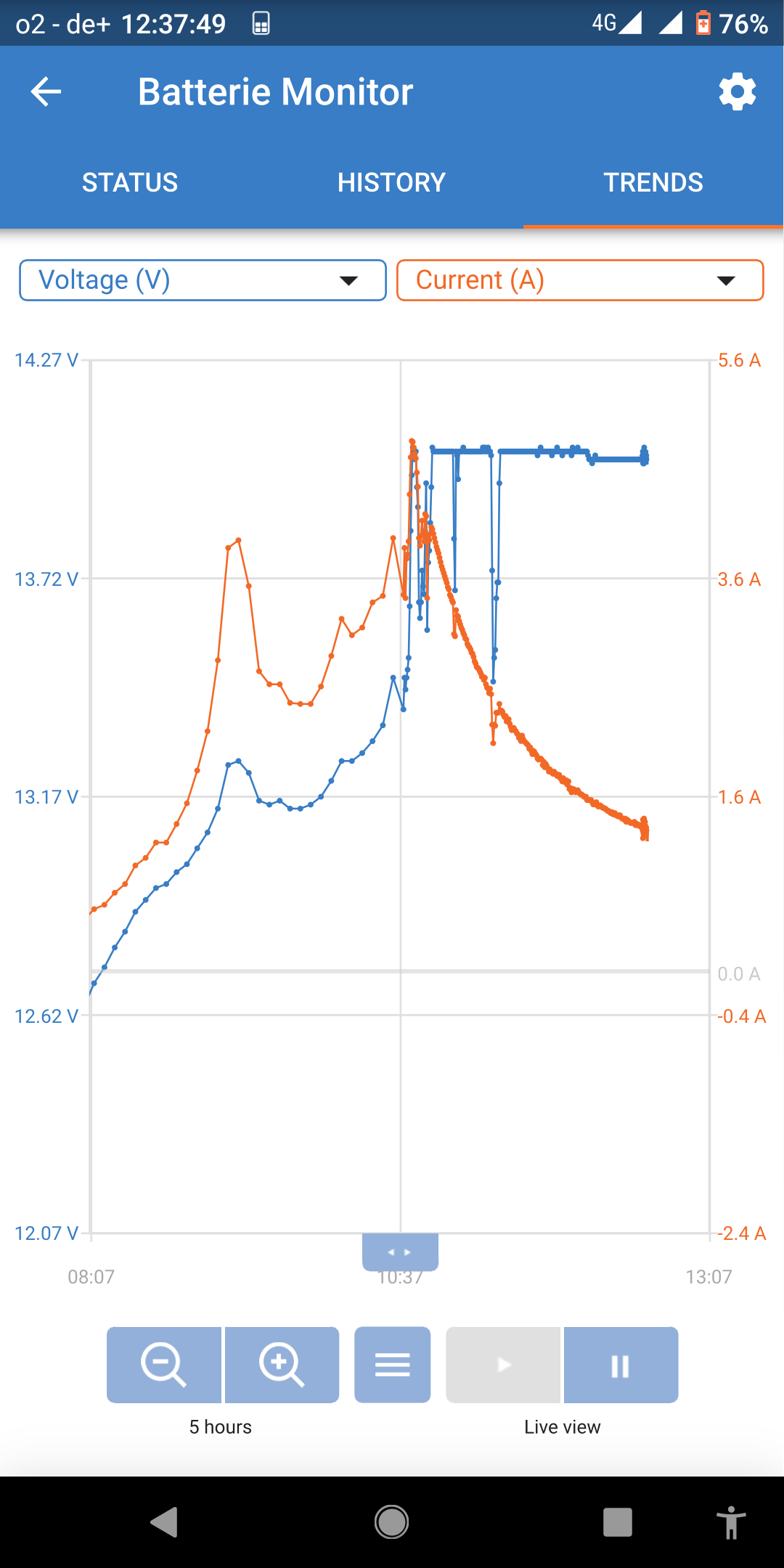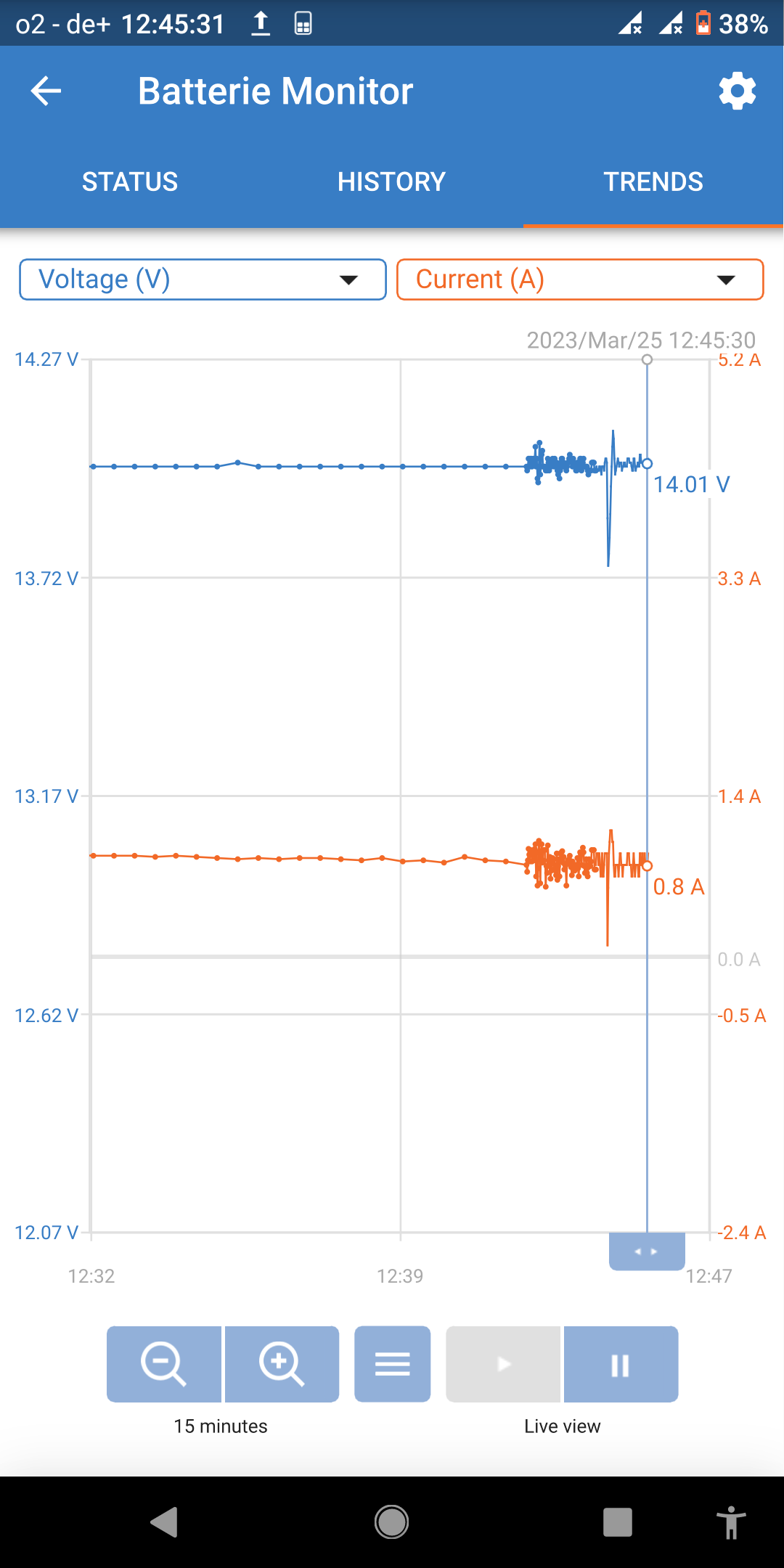Hi,
I'm still waiting for my solar system to be installed but already writing home automation system scripts, so the answer to this will help me a lot.
Let's say that load is 300W only. But there is enough sunshine that MPPT can draw 1000W from the panels. Does MPPT know it, or is it possible to know only after load increase to more than 1000W?
In other words, do I need to increase the load until I know I draw more than sun can provide or is there a better way?
I guess MPPT has no way of knowing it but I want to be sure.
Thanks a lot!



